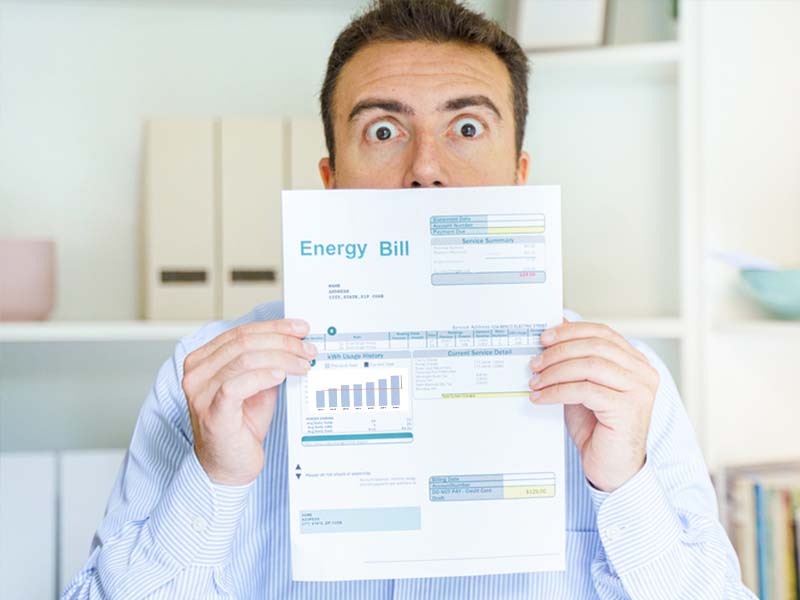New Jersey residents are feeling the squeeze of higher energy bills, with the average household shelling out about $258 per month—adding up to a whopping $3,096 per year, according to Garden State Initiative.
That’s 6% higher than the national average of $2,930 annually, and things might get even more expensive soon. The state’s push for clean energy, while well-intentioned, is expected to push costs even higher in the near future.
One major reason for this price hike is New Jersey’s ambitious goal of transitioning to 100% clean energy by 2050. While these efforts sound great on paper, the reality is a bit more complicated. Nuclear power, which used to account for nearly 40% of New Jersey’s energy supply, is slowly being phased out with the shutdown of major plants like Oyster Creek.
This leaves a big gap in the energy grid that renewable sources like wind and solar haven’t fully filled yet, according to Energy EI.
Speaking of renewables, New Jersey’s offshore wind energy projects are experiencing delays and cost overruns. The state planned to harness over 7,500 megawatts of offshore wind by 2035, but setbacks like construction delays and high upfront costs have caused significant challenges.
These complications not only affect the timeline for green energy but also hike up utility prices, as infrastructure and development costs often get passed along to the consumers.
With energy consumption levels remaining high—averaging 1,308 kWh per household each month—residents are likely to feel the financial pinch even more as the state transitions away from cheaper, more reliable energy sources like natural gas and nuclear.
While clean energy is the future, it seems the path to get there is going to come with a hefty price tag for New Jerseyans.

